
PUMPA - SMART LEARNING
எங்கள் ஆசிரியர்களுடன் 1-ஆன்-1 ஆலோசனை நேரத்தைப் பெறுங்கள். டாப்பர் ஆவதற்கு நாங்கள் பயிற்சி அளிப்போம்
Book Free DemoThe nervous system allows organs to coordinate quickly from one spot to another.
- The neurons coordination is quick, but only for a short period. Because nerve fibres do not innervate every cell in the body. They must constantly regulate cellular processes. It is necessary to give such a unique level of coordination and regulation.
- Hormones are responsible for these functions. The nervous and endocrine systems work together to coordinate and regulate the body's physiological activities.
Discovery of Hormones
In \(1903\), English physiologists William M Bayliss and Ernest H Starling discovered the first hormone. In \(1905\), Starling coined the term hormone. They first discovered the hormone secretin.
Important!
Thomas Addison is known as the Father of Endocrinology.
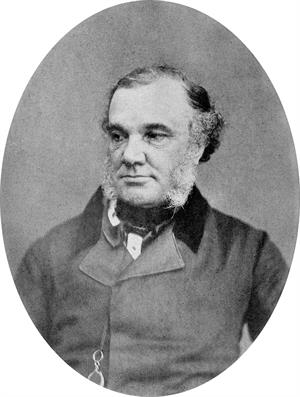
Thomas Addison - The Father of Endocrinology
The word hormone is derived from the Greek word "hormon", meaning "to excite", "to stimulate". Hormones are organic chemical messengers produced and released by specialized glands called endocrine glands.
They can either speed up or slow down a physiological process. Many hormones are generated as prohormones, which are inactive hormones. Insulin, for example, is secreted as proinsulin.
Types of glands
Glands are vital organs that can be found all over the body. They produce and release chemicals that serve certain purposes. Even though you have numerous glands throughout your body, they are divided into endocrine and exocrine.

Endocrine and Exocrine glands
Exocrine gland
The exocrine gland pours its secretion such as sweat, tears, saliva, milk, and digestive fluids through on the surface or into a particular region through ducts for performing a metabolic activity.
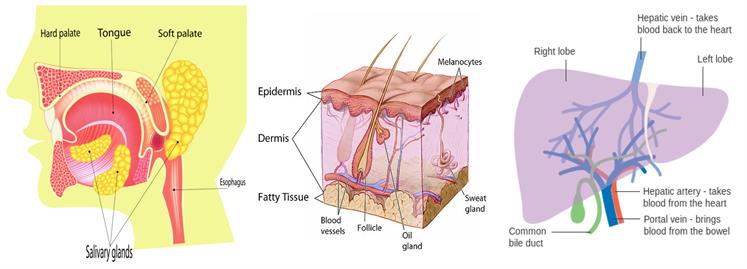
Exocrine glands - salivary glands, sweat glands, and liver
Example:
Sweat glands, sebaceous glands, mammary glands, salivary glands and intestinal glands.
Holocrine gland
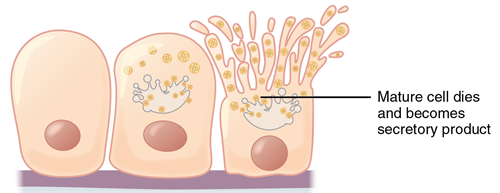
Modes of secretion by glands holocrine
A gland that secretes both its secretory output and its own destroyed secretory cells. Holocrine glands are the name for these glands. Example: Sebaceous glands.
Heterocrine gland
Heterocrine glands also known as mixed glands. They are glands that perform both exocrine and endocrine functions.
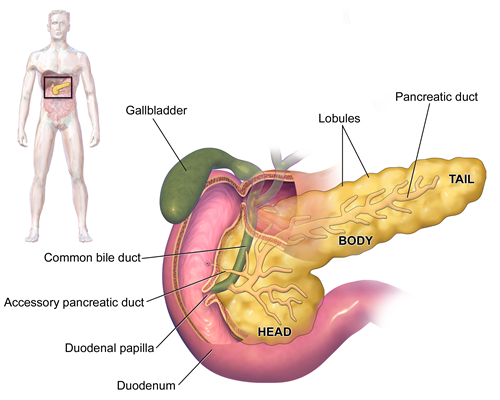
The Pancreas – A heterocrine gland
Example:
- The pancreas has both exocrine and endocrine functions. It releases insulin and glucagon into the bloodstream (endocrine function) and digestive enzymes via ducts in the digestive tract (exocrine function).
- The ovary releases steroid hormones (oestrogen and progesterone) into the bloodstream and performs an exocrine function by releasing ova into the duct.
Endocrine gland
The word endocrine is derived from the Greek words "endon", meaning ‘within’, and "krinein", meaning "to release".
Ductless glands are endocrine glands that do not have ducts. Their secretions are called hormones. Endocrine glands produce the hormone, which is then released directly into the bloodstream and carried to a distant target organ. These hormones regulate different life processes.
Hormones are non-nutrient chemicals that act as intercellular messengers and are produced in trace amounts.
Why the endocrine system needed for our system?
Various complicated actions take place inside our cells at any given time, all of which are necessary for our body's correct metabolic functioning. There are different systems involved in such diverse activities. These actions must be strictly controlled. Hence, our bodies have an endocrine system that regulates and coordinates all of our bodily functions.Hormones are chemical substances released directly into the bloodstream in reaction to changes inside or outside the body and then transferred to organs and tissues to perform their activities.
The video explaining the how hormones work in the body
Characteristics of hormones
The main characteristics of hormones are listed below.
- Hormones go across the body through the bloodstream.
- The site of hormone synthesis differs from the site of effect. Hence are also called a messenger.
- They may be proteinaceous or non-proteinaceous.
- Amino acids, peptides, and proteins are examples of proteinaceous hormones. These are soluble in water and blood.
- Steroids are non-proteinaceous hormones. They can be dissolved in lipids.
- Hormone secretion is controlled by the nervous system.
- They do not catalyse any reactions, unlike enzymes.
- Hormones are produced in small amounts and act in low concentrations.
- Our bodies are significantly harmed if the number of hormones secreted deviates from its typical range.
- Disorders are caused by their excess or deficiency.
Hormones are classified into the following categories depending on their chemical nature:
- Peptide hormone
- Steroid hormones
- Amino acid derivatives
- Iodothyronines
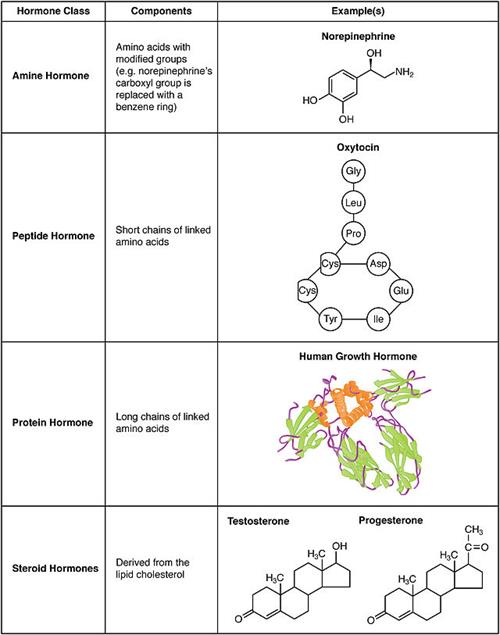
Classification of hormone based on the chemical nature
Peptide hormones: Protein hormones, also known as polypeptide hormones, are composed up of amino acid chains.
Example:
Insulin, glucagon, pituitary hormones, hypothalamic hormones.
Steroid hormones: Steroid hormones are a group of hormones generated from cholesterol and belonging to the steroid group of hormones.
Example:
Cortisol, testosterone and progesterone.
Amino acid derivatives: The amino acids tyrosine and tryptophan are used to make amino acid-derived hormones, which are tiny molecules.
Example:
Epinephrine and norepinephrine
Iodothyronines: It's a class of iodinated amino acids with a side chain diphenyl ether ring structure. The most well-known of these hormones is thyroxine.
Reference:
https://upload.wikimedia.org/wikipedia/commons/f/fa/ThomasAddison.jpg
https://upload.wikimedia.org/wikipedia/commons/7/7e/Blausen_0699_PancreasAnatomy2.png
https://commons.wikimedia.org/wiki/File:405_Modes_of_Secretion_by_Glands_Holocrine.png
https://upload.wikimedia.org/wikipedia/commons/e/e9/Hormone.jpg
https://commons.wikimedia.org/wiki/File:Diagram_showing_the_two_lobes_of_the_liver_and_its_blood_supply_CRUK_376.svg
https://commons.wikimedia.org/wiki/File:Anatomy_The_Skin_-_NCI_Visuals_Online.jpg
https://commons.wikimedia.org/wiki/File:Anatomy_The_Skin_-_NCI_Visuals_Online.jpg